The left’s economic education has long suffered from two fatal deficiencies: the austerity myths of mainstream economics and the commodity-money fetishism of orthodox Marxism. As Pavlina Tcherneva demonstrates in The Case for a Job Guarantee (2020), the ruling class deliberately maintains unemployment as a disciplinary tool to suppress wages and worker power – concrete evidence that “scarcity” is a political construct rather than economic necessity. Meanwhile, because Marx’s critique of political economy (Capital, Vol. 1, 1867) remains foundational, many socialists have misapplied his labor theory of value by conflating money with commodity exchange, ignoring the modern reality of state-created fiat currency. This theoretical confusion has paralyzed revolutionary potential.
The capitalist state’s monetary sovereignty – thoroughly explained by Stephanie Kelton in The Deficit Myth (2020) – reveals austerity to be nothing more than class warfare. Currency-issuing governments face real physical resource constraints, not financial ones (Mitchell, Wray & Watts, Macroeconomics, 2019). When politicians claim we “can’t afford” universal healthcare while rubber-stamping trillion-dollar military budgets, they’re not making accounting errors but enforcing class priorities through what Wynne Godley’s sectoral balance approach (Seven Unsustainable Processes, 1999) proves mathematically: the government deficit equals the non-government surplus. The so-called “national debt” is simply the financial reflection of real resources transferred to the ruling class.
Even among Marxists who correctly reject electoral illusions, dangerous economic misunderstandings persist. Inflation phobias on the left frequently ignore Godley’s fundamental insight that price stability depends on maintaining balance between real output and demand, not abstract money supply. When the Chilean oligarchy deliberately manufactured shortages to overthrow Allende, they confirmed Marx’s famous dictum that “the executive of the modern state is but a committee for managing the common affairs of the whole bourgeoisie” (Communist Manifesto, 1848). Randy Wray’s Modern Money Theory (2015, 2024) clarifies that fiat money derives its value from state authority to impose and collect taxes, not from any commodity backing – yet some socialists still advocate for gold-standard thinking or labor vouchers, retreating into utopianism rather than seizing the existing monetary system.
The Job Guarantee (JG) proposals developed by Tcherneva and Mitchell & Muysken (Full Employment Abandoned, 2008) reveal the dialectical nature of reform under capitalism: implemented within the current system, a JG could simply become another tool for enforcing wage discipline; but under worker control, it could abolish the reserve army of labor entirely. This contradiction defines all MMT insights – they become revolutionary only when wielded by movements strong enough to break capital’s structural power. Gramsci’s theory of cultural hegemony (Prison Notebooks, 1935) explains how the bourgeoisie maintains control by making capitalist relations appear natural and inevitable.
History’s lessons are unambiguous. As Wray documents, the 1930s sit-down strikes won concessions not through policy papers but by physically occupying factories until the National Labor Relations Act was signed. Mitchell’s research on postwar full employment proves it lasted only while militant unions maintained strike capacity. Today’s financialized oligarchy – armed with Gramscian cultural hegemony and Godley’s sectoral balance tools – deploys more sophisticated repression: algorithmic wage theft, financialized housing, and ubiquitous debt peonage. Kelton is correct that the money exists for all social needs; Tcherneva proves jobs could be created immediately; Marx was right that capital will never voluntarily surrender privilege.
Our task therefore isn’t to “implement MMT policies” but to build working-class power capable of commanding the surplus we produce. Mitchell’s JG models become revolutionary when combined with wildcat strikes. Wray’s monetary analysis matters only when redirecting credit from speculation to social needs. As Gramsci taught, we must fight simultaneously in the “trenches” of immediate struggle (rent strikes, debt refusal) and the “cathedral” of ideology (exposing money as class weapon). Kelton’s deficit truths and Marx’s surplus value theory converge on one demand: expropriate the expropriators. Not through elections – through the organized force that made capital tremble in 1917, 1936, and 1968.
Money is the bourgeoisie’s scorecard in a game rigged against workers. Tcherneva’s JG blueprints, Godley’s sectoral balances, and Wray’s tax-driven money all demonstrate another world’s technical possibility. But as Marx declared, “The philosophers have only interpreted the world; the point is to change it.” We’ll change it when our picket lines outnumber their police, our strikes outlast their reserves, and our solidarity becomes the new cultural hegemony. The factories stand idle, the workers stand ready; only the capitalists’ threat of violence stops us. Let’s make that violence obsolete.



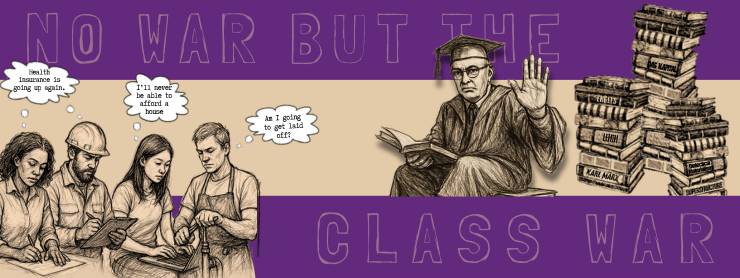

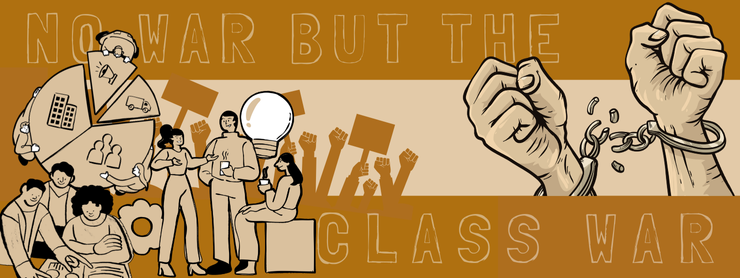
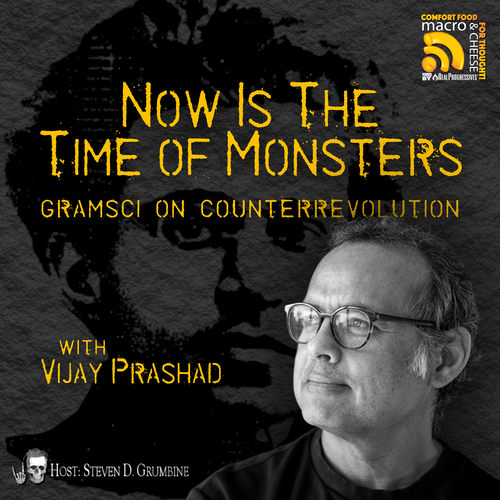
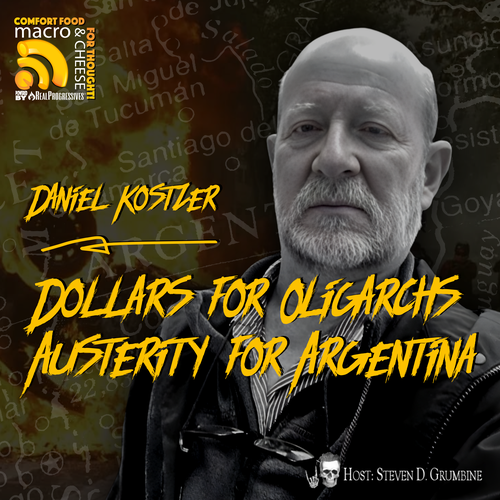

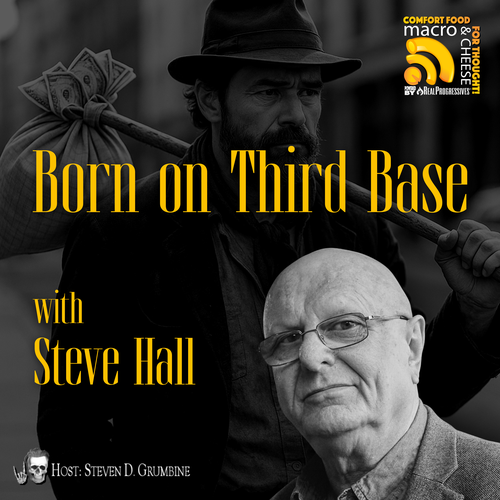
2 thoughts on “Modern Monetary Theory Without Class Struggle is Just Accounting”